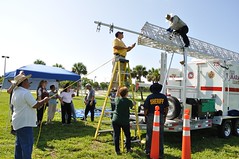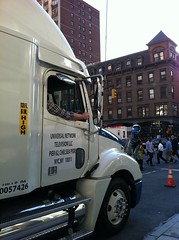Learn How Snow Joe Snow Blowers Tano Leather Handbags Review
Two Way Radios. Daily, Weekly or Monthly Two Way Radio and Nextel Rentals Nationwide.
Wednesday, November 30, 2011
Saturday, November 26, 2011
Midland GXT1050VP4 36-Mile 50-Channel FRS/GMRS Two-Way Radio (Pair) (Camo)
!: Good bargain Midland GXT1050VP4 36-Mile 50-Channel FRS/GMRS Two-Way Radio (Pair) (Camo) cheap
Brand : Midland | Rate :  | Price : $66.79
| Price : $66.79
Post Date : Nov 26, 2011 17:24:17 | Usually ships in 24 hours

 | Price : $66.79
| Price : $66.79Post Date : Nov 26, 2011 17:24:17 | Usually ships in 24 hours
Midway's GXT1050VP4 two-way, 22-channel radios are designed for GMRS (General Mobile Radio Service) operation, in a rugged, weatherproof package. With a range of up to 36 miles and Mossy Oak Breakup Camo finish, they're ideal for your next hunting trip. Features include privacy codes, direct/group calling, NOAA weather radio/alert/scan, silent operation, whisper function, SOS siren, and plenty more. Five animal call alerts are also included. Perfect for the outdoorsman.
- 50-Channel Mossy Oak Break Out Camo with Up to 36-Mile Range
- NOAA/All Hazard Weather Channels with Alert and Weather Scan
- 387 Privacy Codes
- Vibrate Alert
- 9 Levels of VOX for Hands Free Operation
Monday, November 21, 2011
Saturday, November 19, 2011
Thursday, November 10, 2011
Tuesday, November 8, 2011
Friday, November 4, 2011
Wednesday, November 2, 2011
Subscribe to:
Posts (Atom)
 |
 |
 |
 |
 |
 |
 |
 |
Sponsor Links
- Dual Fuel Ranges Shop
- Internet Marketing Tools
- Kalendari Kinez
- Good Bargain I Phone Covers
- Comparison Wix 24949 Cartridge Metal Canister Lube Filter, Pack Of 1...
- Dream On Me Deluxe Classic Changing Table, Natural... Free Shipping
- Brand New Maple Tree Bonsai
- Verbatim 96542 8.5 Gb 8x-10x Double Layer Recordable Disc Dvd R Dl, 3... Refurbished
- Prestige Liquid Eyeliner Le-01 Black... Free Shipping
- Discounted 100 Natural Latex Mattress


